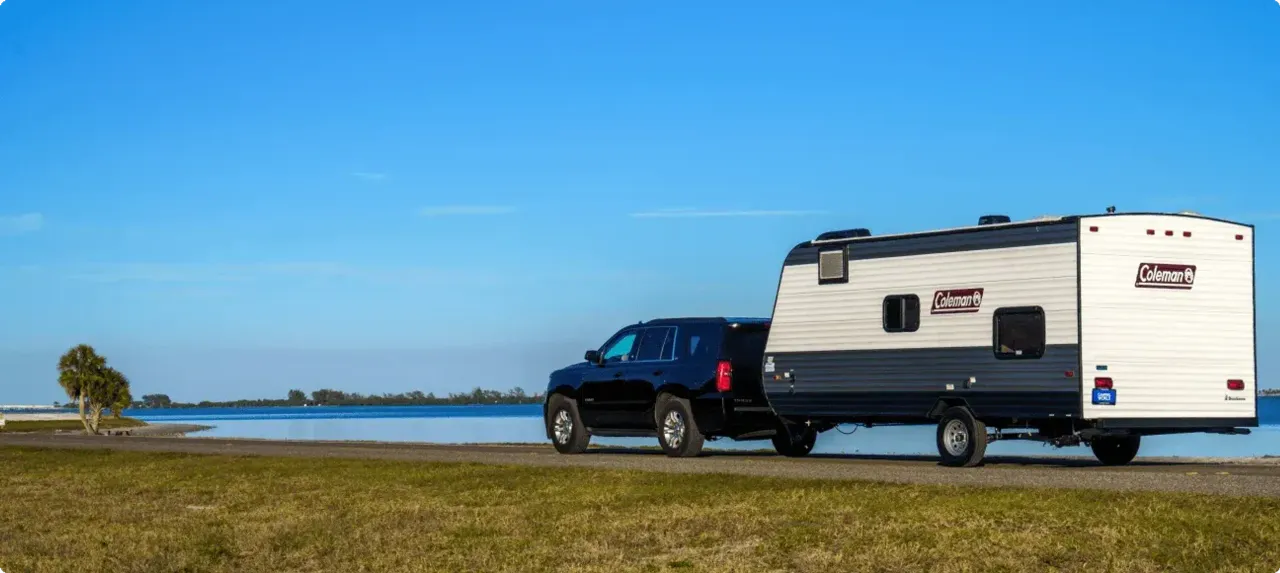
Good Sam
“When you consider the number of variables involved with diagnosing and fixing a battery issue, there’s good reason to rely on a roadside assistance plan to provide quality and free help.”
A dead battery rarely gives you a heads-up. One moment, you’re headed to work, picking up the kids, or enjoying a road trip – the next, your vehicle won’t start. If this happens in a parking lot or driveway, it’s more than just an inconvenience. And if you don’t have the right tools, know-how, or help nearby, the situation can quickly turn stressful.
This guide breaks down how roadside assistance can help when your battery dies – and why having the right coverage might be one of the smartest decisions you make for your vehicle.
Batteries aren’t built to last forever. Several everyday driving habits and environmental factors can shorten their lifespan. Here’s what commonly causes issues:
On average, batteries last about 3–5 years. If yours is older, it may not survive a surprise cold snap or heatwave.
If your vehicle won’t start, here’s what to do:
Call for Roadside Assistance: If you have a membership, now’s the time to use it.
Trying to flag down help or search for jumper cables isn’t always safe or efficient. A roadside plan takes that guesswork out of the situation – and reduces the risk of further damaging your vehicle or getting help from well-meaning bystanders who may not know what they’re doing.
A little proactive care can go a long way in preventing battery-related breakdowns. Here are simple tips that help:
In addition to these, you can:
These small steps can extend battery life and reduce failure risk.
A trained technician arrives with the right equipment to safely jump-start your vehicle – no need to rely on strangers or take unnecessary risks. This is one of the most common roadside requests and is usually resolved quickly and safely.
Before leaving, many roadside providers will test your battery’s condition. This quick diagnostic can help warn you if your battery is healthy or nearing the end of its life. They may use a voltmeter or advanced diagnostic tool to check battery output and health. If your vehicle has had multiple starting issues lately, this test can help you decide if it’s time to install a new battery.
Select roadside assistance providers may offer mobile battery replacement services in eligible areas – often included in specific high-tier plans. If your battery is beyond recovery, the technician can install a new one on the spot. This saves you towing costs, shop fees, and long wait times at service centers. Replacements are usually backed by warranty, and old batteries are recycled per environmental standards.
*Be sure to check your plan for availability in your area. Please note that this is typically not a free service, and the cost of the battery, in particular, would be the member's responsibility.
If the issue goes beyond the battery, or your vehicle won’t respond to a jump or replacement, roadside assistance can arrange a tow to a nearby service center. Some plans offer long-range coverage or even unlimited towing to the nearest qualified service center, depending on your needs.
Understanding how roadside assistance works can ease anxiety during emergencies. Here’s what typically happens when you call your provider:
In many cases, you can track the technician’s journey, get an estimated time of arrival, and receive live updates. This transparency reduces uncertainty and helps you stay informed while waiting. For anyone stranded in unfamiliar areas or traveling with children, knowing exactly when help is coming can make a big difference in comfort and confidence.
If your battery dies even once, the roadside assistance plan can pay for itself. But coverage extends far beyond that:
Whether you’re commuting daily, traveling with family, or just want peace of mind, a roadside plan can take the stress out of unexpected breakdowns.
You can’t always predict a breakdown – but you can prepare for it. Roadside assistance isn’t just a backup; it’s a smart safeguard against stress, delays, and safety concerns.
If you drive regularly, a dead battery shouldn’t leave you stranded. While not every issue can be avoided, the anxiety and inconvenience that follow certainly can be – with the right plan in place.
Every driver runs into trouble eventually, and what matters is having the right support when it does. Explore Good Sam’s auto roadside assistance and RV roadside assistance plans to stay protected on the road.